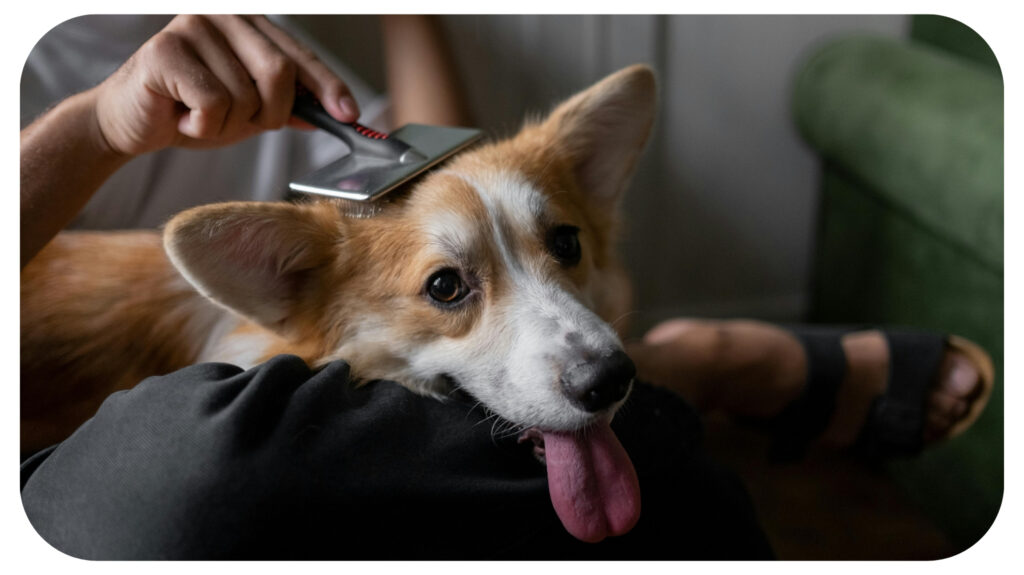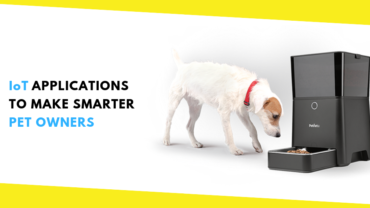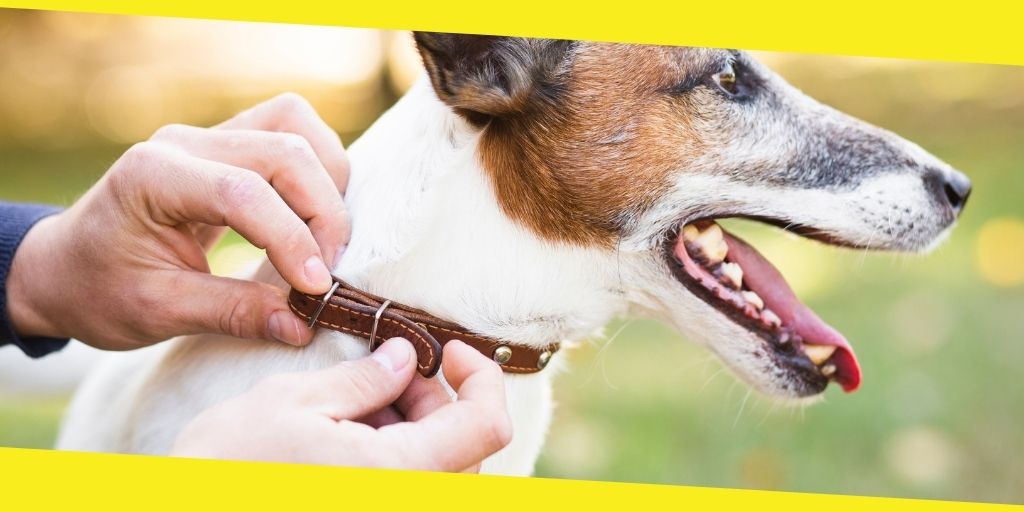The Basics of Dog Hygiene: What Every Owner Should Know

Dogs bring warmth and companionship to homes but also introduce unique hygiene challenges. Consistent cleaning and maintenance routines keep pets healthy and living spaces fresh. Effective hygiene practices extend lifespans and create comfortable environments for both dogs and their owners.
Here are some basics of dog hygiene that dog owners should know.
Bathing Basics: When and How
Most dog owners either bathe their pets too frequently or barely at all, rarely hitting that sweet spot in between. A dog’s breed, coat type, and activity level determine optimal bathing frequency. Short-haired indoor dogs might need baths just monthly, while adventurous furballs with thick coats require cleaning every two weeks. Over-bathing strips essential oils from the skin, causing dryness and irritation, while under-bathing leads to skin infections and that distinctive “dog smell” permeating furniture.
Preparation matters as much as technique when bath time arrives. Gathering all supplies before bringing the dog into the bathroom prevents complications like chasing a half-soaped pup while reaching for forgotten towels. Lukewarm water and dog-specific shampoos work best; human products disrupt canine skin pH. Working from neck to tail, leaving the head for last, reduces anxiety. Thorough rinsing until water runs clear prevents residual shampoo from causing itching and subsequent scratching that undoes cleaning efforts.
Dental Details: Fighting Tooth Troubles
Mouth bacteria multiply rapidly in dogs. Tooth and gum problems start earlier than most owners realize. Without intervention, most three-year-old dogs already show significant periodontal disease. This silent condition eventually causes intense pain and tooth loss. Worse, bacteria travel through bloodstreams, potentially damaging vital organs.
Tossing occasional dental chews hardly counts as adequate care. Establishing a tooth-brushing routine works best when dogs are young, but starting later still brings benefits. Dog-specific toothpaste (human formulations contain harmful xylitol) and soft brushes designed for canine mouths produce the best results. Brief initial sessions, gradually increasing in duration as the pet adjusts, build acceptance.
Ear and Eye Care: Spotting Trouble Early
Those adorable floppy ears trap moisture and debris, creating perfect infection environments. Weekly ear checks for redness, unusual odors, or excessive wax can catch problems early. Different breeds face different challenges—retrievers and spaniels with pendulous ears need more frequent cleaning than pricked-eared shepherds. Nothing should ever enter the ear canal; instead, veterinarian-recommended cleaners applied to cotton balls, gently wiping visible surfaces, prevent irritation while maintaining cleanliness.
Eyes reveal much about a dog’s health while requiring regular maintenance. Clear, bright eyes indicate wellness, while discharge, redness, or cloudiness suggests problems requiring attention. Some breeds naturally produce more tears, creating stains on facial fur that require regular cleaning with dampened cotton balls. Careful trimming of hair around eyes prevents irritation, especially in breeds with facial fur that impedes vision or contacts the eye surfaces. Prompt monitoring of any changes in appearance matters greatly—eye conditions progress rapidly without intervention.
Paws, Nails, and Coat: The Complete Package
Dog paws encounter everything from scorching pavement to toxic chemicals on city streets. Regular inspection of paw pads reveals cuts, foreign objects, or dry, cracked surfaces needing attention. Trimming hair between pads reduces debris collection and prevents painful matting. Winter walks require post-outing paw wipes to remove salt and ice-melting chemicals; summer adventures demand checks for foxtails and other plant materials that burrow into skin. Paw balm application during extreme weather conditions prevents cracking and subsequent infections. In addition, proper nail maintenance prevents posture problems and painful walking. Nails clicking against hard floors signal overdue trimming. Dark nails make identifying the quick (the sensitive inner portion) challenging, so frequent small trims work better than aggressive cutting that risks injury.
Long coats demand daily brushing to prevent mats that tighten painfully against the skin. Short coats shed just as much but spread fur more noticeably around homes. Matching tools to coat types matters tremendously. Double-coated breeds need completely different brushes than silky-coated varieties. Seasonal shedding demands specialized tools to remove the undercoat without damaging the guard hairs. Nevertheless, for dogs with sensitive paws, fast-growing nails, or challenging coat types, professional pet grooming in Asheville and other areas can provide the specialized care and attention that’s often difficult to manage at home.
Conclusion
Good dog hygiene becomes second nature when it’s part of your regular routine. Consistent care not only keeps your home cleaner but also helps prevent costly vet visits down the line. Maintaining proper hygiene supports your dog’s long-term health and ensures a more comfortable, pleasant environment for everyone in the household.
You may like this
Recommended For You
IoT Applications to Make Smarter Pet Owners
Most Inside
Most Inside offers high-quality recommendations and valuable updates to enhance all aspects of your life, providing premium guidance and enriching experiences.




